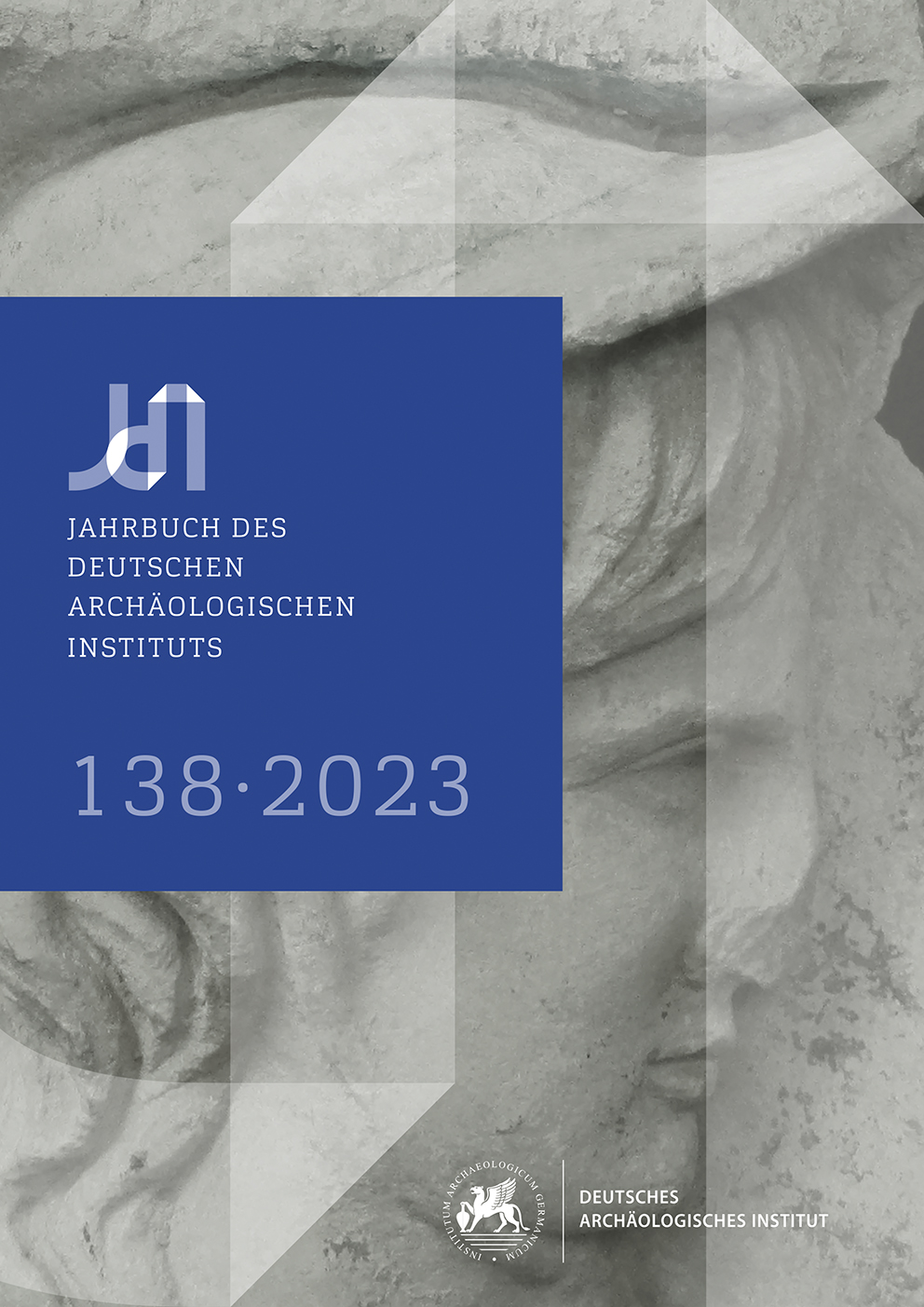Der klassische Stil und die sozialen Grenzen seiner Anwendung
https://doi.org/10.34780/26di-42tp
Abstract
Der klassische Stil, wie er sich im frühen 5. Jahrhundert ausgeprägt hat, ist oft beschrieben und charakterisiert worden. Gegen die aktuelle Kritik an der traditionellen Einschätzung als epochale kunst- und kulturgeschichtliche Neuerung nimmt der Aufsatz Stellung, indem er sich auf die verschiedenen Formen der Anwendung des neuen Stils konzentriert, vom umfassenden Einsatz naturalistischer Formen bis hin zum archaistischen, die neue Gestaltungsweise weitgehend vermeidenden Stil. Damit eröffnet sich ein Zugang zum Verständnis der sozialen Aspekte des Stilwandels und im Besonderen der Porträtentwicklung. Größeren Ertrag als das oft mechanisch übernommene Habituskonzept verspricht dabei die Anknüpfung an die althistorische Debatte über Freiheit und Zwang im demokratischen Athen und in der griechischen Welt. Individuell und im Einzelfall wohl auch physiognomisch treffend gestaltete Porträts wurden für eine Reihe von Männern gewählt, die durch ihre intellektuellen Leistungen herausragten und auf diese Weise zum Funktionieren des Staates beitrugen. Für die Masse der Bürger und Bürgerinnen, die breite Basis der Polis, ist dagegen Uniformität der äußeren Erscheinung charakteristisch, worin sich ein starker gesellschaftlicher Konformitätsdruck äußert.
Schlagwörter:
klassischer Stil, Greek Revolution, griechisches Porträt, Sokrates-Porträt Typus A, Habitus, attische Grabreliefs, Stil und Gesellschaft





